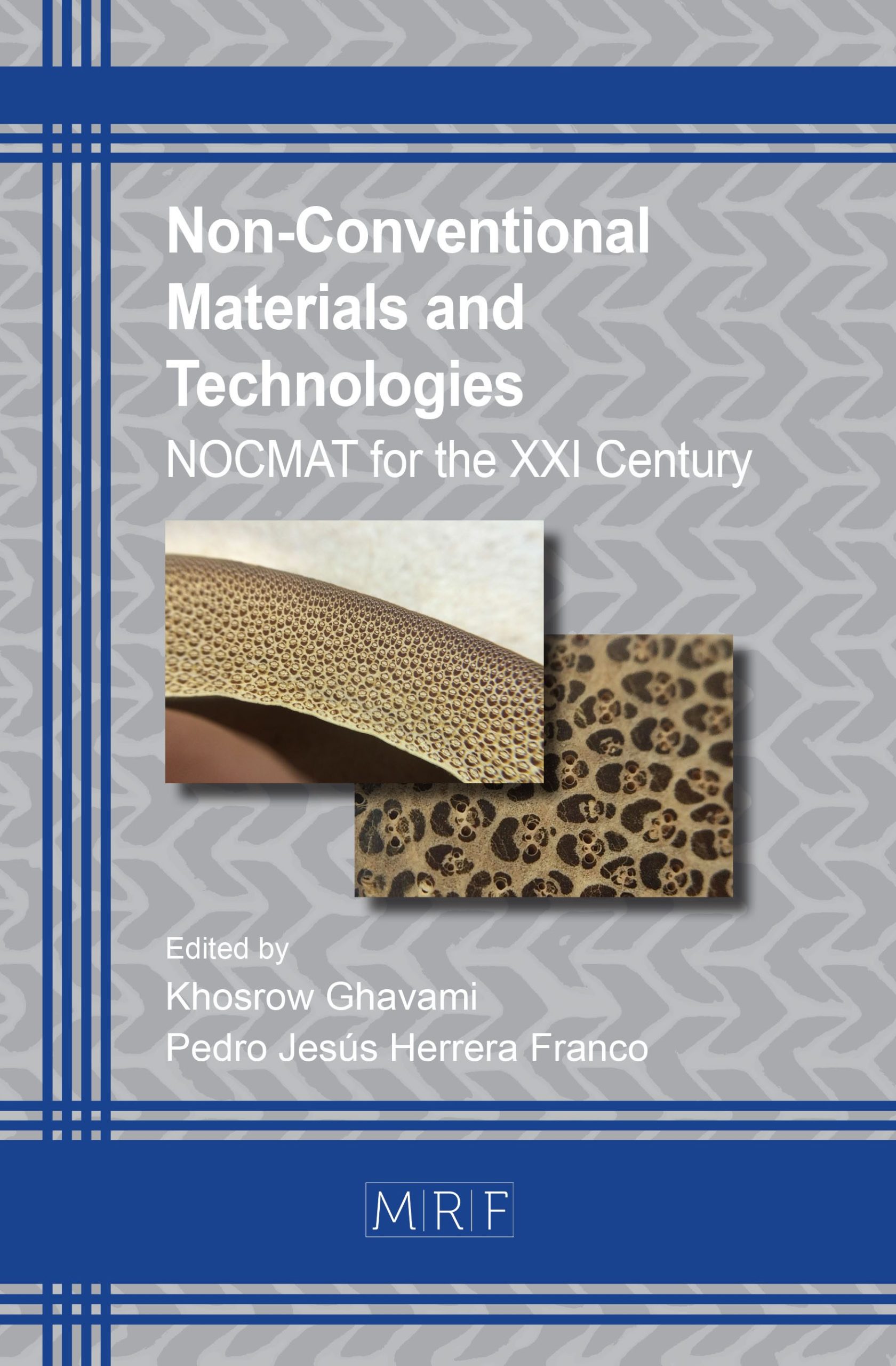Construction of a Sustainable Multi-Level Bamboo Structure
C. Korde, P. Das, R. West, S. Puttagunta
Abstract. This paper describes an innovative construction technology used in the construction of a multi-level bamboo structure built in New Delhi, India. It will demonstrate the capability of building three storey structures with bamboo without using nut and bolt components. A total of 1400 bamboo poles are used in the course of construction of this structure. The structure has four levels comprising over 70m2, including a third floor as a terrace. The structure is built on a bamboo beam and column network which is integrated with non-load bearing bamboo wall panels. All the upper floors and walls are built using bamboo and then finished with cement mortar internally for walls and a concrete screed for flooring. It is then finished externally with a weather-proof coating and internally with paints. This paper describes the complete construction process undertaken during the building of the structure. The fact that these bamboo components sequestrate an estimated 12 tons of CO2 further demonstrates the necessity for systematically researching bamboo as one of nature’s structural gifts to utilize it for all possible rural, urban and agricultural infrastructures.
Keywords
Bamboo, Multi-Level Structure, Sustainability, Carbon Sequestration
Published online , 9 pages
Copyright © 2018 by the author(s)
Published under license by Materials Research Forum LLC., Millersville PA, USA
Citation: C. Korde, P. Das, R. West, S. Puttagunta, ‘Construction of a Sustainable Multi-Level Bamboo Structure’, Materials Research Proceedings, Vol. 7, pp 190-198, 2018
DOI: http://dx.doi.org/10.21741/9781945291838-18
The article was published as article 18 of the book Non-Conventional Materials and Technologies
References
[1] Pandey B, Tripathi YC and Hazarika P, A hand book of propagation, cultivation and management of bamboo, Van Vigyan Kendra, Rain Forest Research Institute (ICFRE), Jorhat, Assam, 2008.
[2] Lucon O, Urge-Vorsatz D, Zain Ahmed A, Akbari H, Bertoldi P, Cabeza, LF, NEyre N, Gadgil A, L. Harvey DD, Jiang Y, Liphoto E, Mirasgedis S,Murakami S, Parikh J, Pyke C and M. V. Vilarino MV. Buildings. In: Climate Change 2014: Mitigation of Climate Change. Contribution of Working Group III to the Fifth Assessment Report of the Intergovernmental Panel on Climate Change [Edenhofer, Pichs-Madruga OR, Sokona Y, Farahani E, Kadner S, Seyboth K, Adler A, Baum I, Brunner Eickemeier SP, Kriemann Savolainen BJ, Schlomer von Stechow SC, Zwickel T and Minx JC (eds.)]. Cambridge University Press, Cambridge, United Kingdom and New York, USA, 2014.
[3] Ghavami K., Bamboo as reinforcement in structural concrete elements. Journal of Cement & Concrete Composites. 2005; 27: 637-649. https://doi.org/10.1016/j.cemconcomp.2004.06.002
[4] Korde C, West R, Gupta A and Puttagunta S. Laterally restrained bamboo concrete composite arch under uniformly distributed loading, Journal of Structural Engineering. 2014; 141, 3: B4014005.
[5] Das P, Korde C, Sudhakar P and Satya S. Traditional Bamboo Houses of North-Eastern Region: A Field Study of Assam and Mizoram. 2012; Key Engineering Materials: 517: 197-202. https://doi.org/10.4028/www.scientific.net/KEM.517.197
[6] Jain SK, Murty CVR, Chandak N, Seeber L, and Jain NK. The September 29, 1993, M6.4 Killari, Maharashtra Earthquake in Central India. 1994: EERI Special Earthquake Report, EERI Newsletter, 28(1).
[7] Kaushik H, Dasgupta K, Sahoo D and Kharel G. Reconnaissance report Sikkim earthquake 2006, NICEE, IIT Kanpur.
[8] Murty CVR, Rai D, Jain SK, Kaushik H, Mondal G and Dash S. Performance of Structures in the Andaman and Nicobar Islands (India) during the December 2004 Great Sumatra Earthquake and Indian Ocean Tsunami. 2006: Earthquake Spectra; 22(S3): 21–54.
[9] Janssen J. Designing and Building with Bamboo. 2000, INBAR, Technical Report No. 20; 130-133.































